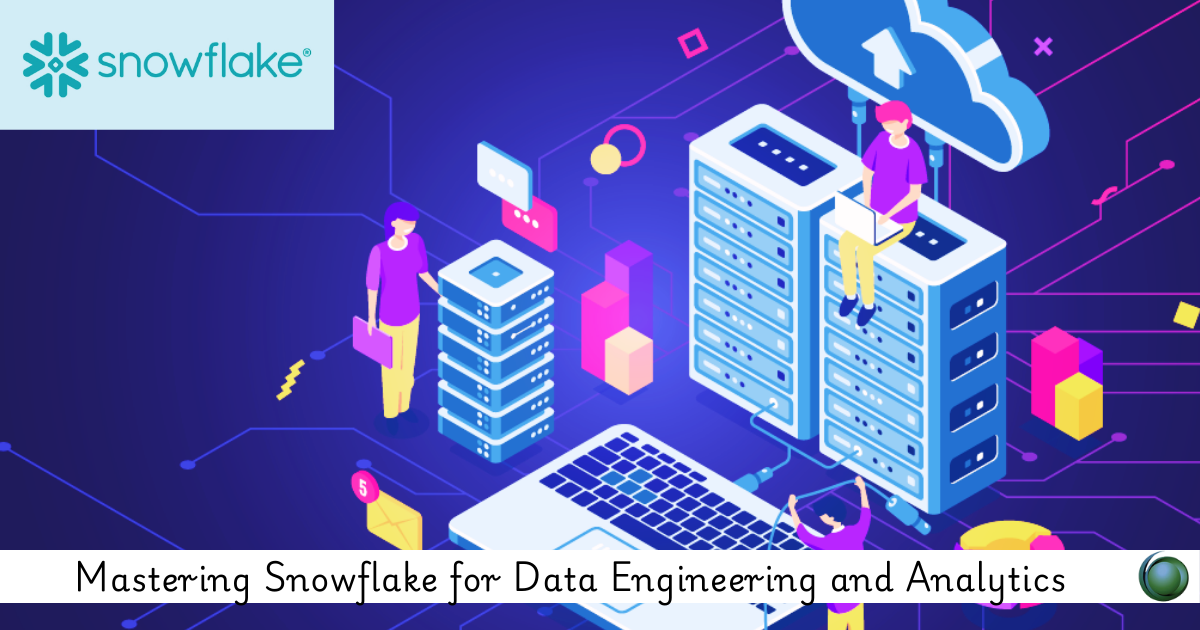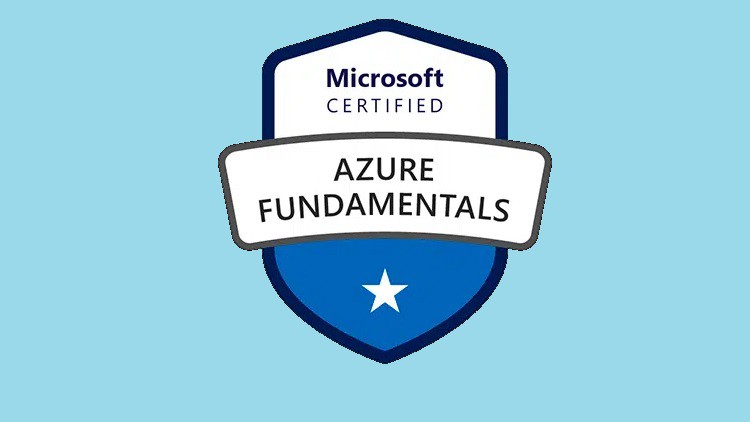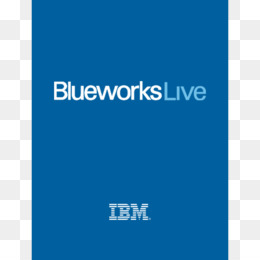Description
Introduction of Snowflake for Data Engineering
Snowflake is a powerful cloud-based data warehousing platform that enables data engineers and analysts to efficiently store, manage, and analyze large datasets. With its unique architecture, Snowflake separates compute and storage, allowing for scalability, performance optimization, and cost efficiency. This course explores Snowflake’s core capabilities, including data ingestion, transformation, query optimization, security, and analytics integration. By mastering these concepts, professionals can build robust data pipelines and leverage Snowflake for advanced data engineering and analytics workflows.
Prerequisites
- Basic understanding of databases and SQL.
- Familiarity with cloud computing and data warehousing concepts.
- Knowledge of ETL/ELT processes is beneficial but not required.
Table of Contents
1. Introduction to Snowflake for Data Engineering
1.1 Overview of Snowflake and Its Role in Data Engineering
1.2 Snowflake’s Unique Architecture: Compute, Storage, and Services
1.3 Benefits of Using Snowflake for Data Engineering and Analytics
2. Setting Up and Navigating Snowflake
2.1 Creating a Snowflake Account and Setting Up Environments
2.2 Exploring the Snowflake UI and Web Interface
2.3 Understanding Virtual Warehouses and Resource Management
3. Data Ingestion and Loading in Snowflake
3.1 Supported Data Formats (CSV, JSON, Parquet, Avro)
3.2 Bulk Loading Data with COPY INTO and Snowpipe
3.3 Using External Stages and Cloud Storage (AWS S3, Azure, GCP)
4. Data Transformation and Processing
4.1 Using Snowflake SQL for Data Transformation
4.2 Working with Semi-Structured Data (VARIANT, JSON Processing)
4.3 Implementing ELT Workflows in Snowflake(Ref: Introduction to Snowflake: Cloud Data Warehousing)
5. Query Optimization and Performance Tuning
5.1 Best Practices for Writing Efficient Queries
5.2 Using Clustering, Micro-Partitioning, and Caching
5.3 Monitoring Query Performance and Optimizing Costs
6. Managing Security and Access Control
6.1 Implementing Role-Based Access Control (RBAC)
6.2 Data Encryption and Compliance Standards
6.3 Auditing and Monitoring User Activities
7. Snowflake Integration with Data Engineering Tools
7.1 Connecting Snowflake with Apache Airflow for Orchestration
7.2 Snowflake and ETL Tools (dbt, Informatica, Talend)
7.3 Using Python and Snowflake Connector for Data Processing
8. Snowflake for Advanced Analytics and Machine Learning
8.1 Performing Predictive Analytics with Snowflake ML Functions
8.2 Integrating Snowflake with BI Tools (Tableau, Power BI, Looker)
8.3 Connecting Snowflake with Data Science Platforms (Databricks, AWS SageMaker)
9. Automating Workflows with Snowflake Tasks and Streams
9.1 Understanding Snowflake Streams and Change Data Capture (CDC)
9.2 Automating ETL/ELT Pipelines with Snowflake Tasks
9.3 Scheduling and Managing Snowflake Workflows
10. Real-World Use Cases and Case Studies
10.1 Snowflake for Real-Time Data Processing
10.2 Case Study: Enterprise Data Warehousing in Snowflake
10.3 Best Practices for Implementing Snowflake in Large-Scale Projects
11. Conclusion and Next Steps
11.1 Key Takeaways from the Course
11.2 Learning Resources for Further Exploration
11.3 Future Trends in Snowflake and Cloud Data Engineering
Snowflake has transformed data engineering by offering a highly scalable, cost-efficient, and performance-driven cloud data warehousing platform. By mastering its architecture, ingestion methods, query optimization, and integration capabilities, professionals can streamline data workflows and enhance analytics capabilities. This course provides a strong foundation for leveraging Snowflake in modern data engineering and analytics projects, helping organizations harness the power of cloud-based data management.







Reviews
There are no reviews yet.